Food "eats up" all profits!?
Despite difficulties and economic recession, the Vietnamese shrimp industry in 2024 overcame many challenges to achieve an export turnover of over 4 billion USD, an increase of 14% compared to 2023 and contributed significantly to the record of 10 billion USD of the seafood industry. In particular, the leading contribution is the contribution of 3 key shrimp farming provinces in the Mekong Delta region such as: Ca Mau with shrimp export turnover reaching 1,265 million USD, Bac Lieu 1,210 million USD and Soc Trang more than 900 million USD...
The application of a 46% reciprocal tax rate on goods imported from Vietnam to the US has not yet taken place, but it also raises many problems in dealing with bad scenarios, if the tax rate after 90 days of negotiation does not decrease or does not decrease much.
The reality of the shrimp export market in recent years shows that the US is one of the traditional major shrimp export markets of Vietnam, accounting for about 20% of the total shrimp export turnover, with the turnover value fluctuating from 800 million to 1 billion USD. Therefore, with the 46% tax rate not adjusted down after negotiations, shrimp exported to the US market will certainly "close its doors". With this tax rate, export enterprises will only suffer losses, especially in the condition that the production cost of Vietnamese shrimp is too high and cannot compete with raw shrimp and shrimp exported from large shrimp farming countries such as India and Ecuador.
Concerned about this issue because the production cost of Vietnamese shrimp has exceeded the tolerance of farmers and exporting enterprises. Analysis of the shrimp industry value chain shows that about 60% of the profits from shrimp actively "flow" into the pockets of enterprises processing feed, veterinary medicine for aquatic products and even breeding animals. While the majority of this lucrative market, over 90%, is under the control of production and supply from abroad.
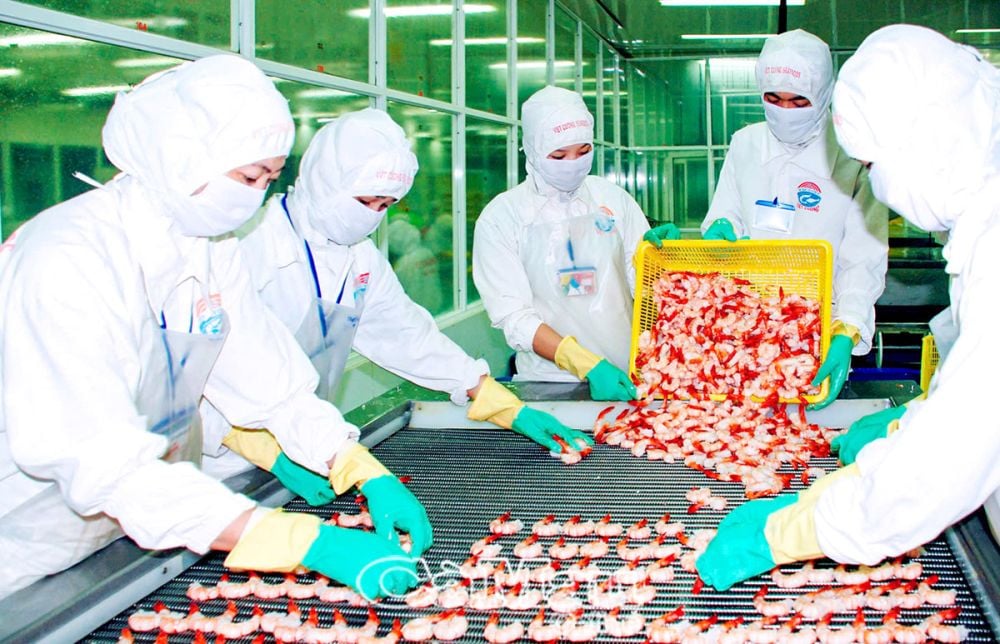
Seafood processing for export is the leading economic strength of the Mekong Delta region.
That also means that to get more than 30% profit, farmers and exporting enterprises must accept the risk and the net profit all flows into the input supply stage. In other words, enterprises or agents trading in feed, supplying materials and aquatic medicine from the very first stage of the entire shrimp farming process, they have secured the profit. That is not counting the interest when having to buy feed on credit and pay off debts after harvest.
Mr. Tran Thanh Trieu, Dong Hai district, Bac Lieu province, has 10 hectares of high-tech shrimp farming, said: "Every farmer knows that accessing the source of feed (input) directly from the factory will help shrimp farmers save about 50% of the cost, but due to lack of investment capital, the family has to buy on credit through agents. This causes the cost of shrimp production to increase."
Mr. Ta Hoang Nhiem, Chairman of Bac Lieu Shrimp Association and Director of High-tech Shrimp Farming Production and Trading Cooperative, cited that shrimp feed with 40 protein, purchased through agents, costs 40,000 VND/kg, while buying directly from the factory costs only 27-28,000 VND/kg, meaning each ton of feed purchased through agents is 12-13 million VND higher.
According to Mr. Nhiem's calculation, with the actual farming area of his farm being 12,000 m2, if he buys through an agent, each farming season will cost about 700 million VND higher than buying directly from the factory.
Need to restructure growth model
In practice, the price of shrimp feed in Vietnam is often higher than in other countries, due to the complete dependence on imported raw materials. The animal feed market mainly depends on international manufacturers with foreign brands such as Grobest, CP, Tomway... accounting for more than 95% of the current shrimp feed supply on the market. Meanwhile, feed costs often account for about 60% of the total production cost for each kilogram of shrimp.
Furthermore, feed prices always tend to increase without decreasing with economic fluctuations. Meanwhile, Thailand and Ecuador have abundant raw material sources and more competitive prices. At the same time, large shrimp farms in Thailand and Ecuador buy feed, aquatic medicine, supplies, etc. directly from feed factories, supply companies or level 1 distributors, so they do not have to bear additional costs or go through many intermediaries like in Vietnam.
This pressure has pushed many shrimp farmers to "slow growth", when all input investment costs are "eaten up" by feed, leading to a situation where shrimp are profitable but still lose money if the shrimp price drops. Shrimp farmers have to "carry" another huge cost, which is the interest arising from buying feed on credit from agents in the form of payment at the end of the season and after harvest, nearly more than 90% of the capital loss is due to having to pay for feed investment costs.
According to Mr. Pham Hoang Minh, Director of the Management Board of the High-tech Agricultural Zone for shrimp development in Bac Lieu province: Vietnam's shrimp feed is largely controlled by multinational corporations headquartered in Asia, such as: CP Vietnam (CP Foods, Thailand), Grobest Vietnam (Taiwan), Sheng Long Biotech (a subsidiary of Guangdong Haid, China), Uni-President (Taiwan) and Evergreen (China). Statistics show that the total annual supply of shrimp is estimated at over 1 million tons of all kinds, with companies establishing distribution systems to farmers (usually through at least 2 levels of agents). Therefore, the selling price to consumers differs from the factory price by 20-30%. This is the reason why the production cost of shrimp for Vietnamese farmers is higher than that of other countries (which invest in feed directly from the factory).
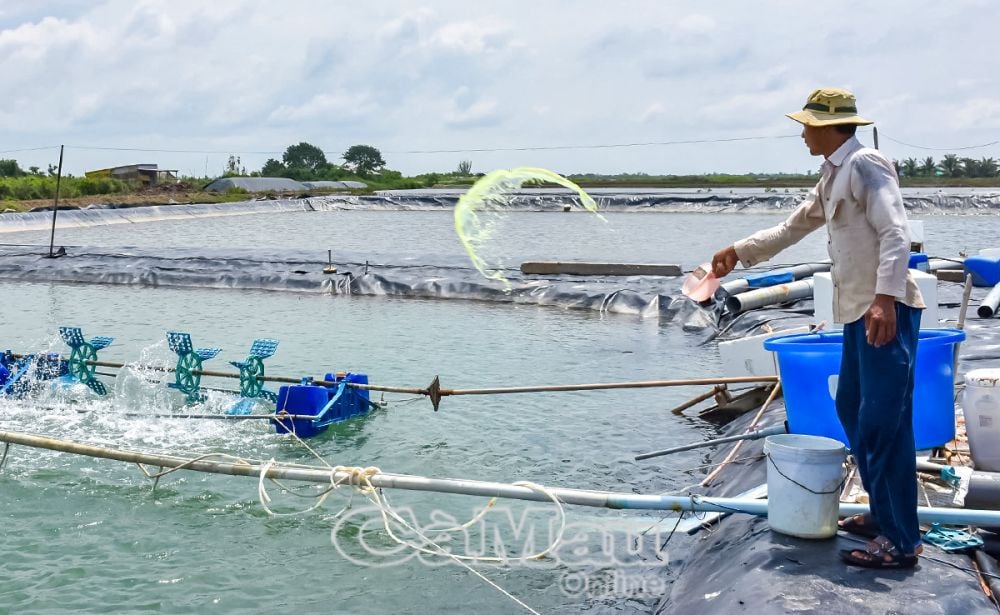
Farmers use aquatic veterinary drugs for shrimp farming.
The reality of the shrimp industry value chain shows that a revolution in restructuring the growth model for the shrimp industry is urgently needed, as this industry determines the economic growth of many coastal provinces in the Mekong Delta. Thereby, contributing to reducing the pressure on large consumption markets when they fluctuate, increasing competitiveness with countries with the same products as well as restructuring the industry, increasing the proportion of deeply processed shrimp, bringing more added value.
To solve the problem of cost, help farmers and enterprises reduce costs, increase profits and proactively create competitiveness, along with the efforts and determination of key shrimp farming provinces, in terms of strategy, it is necessary to have macro-management policies, the drastic participation of the Government and central ministries and branches, and cannot stop at the regional, area or province level, or provinces and cities with export strengths. At the same time, it is necessary to take advantage of, promote and utilize trade agreements, cooperation commitments, and promote the consumption of goods, which will be a wider "door" for Vietnamese goods in the context of unfavorable developments in tariffs and technical and quality barriers set by importing countries./.
Lu Dung - Hoang Lam
Source: https://baocamau.vn/my-ap-thue-doi-ung-loi-di-nao-cho-con-tom-xuat-khau-a38840.html


![[Photo] Prime Minister Pham Minh Chinh chairs a meeting of the Steering Committee for key projects in the transport sector.](https://vphoto.vietnam.vn/thumb/1200x675/vietnam/resource/IMAGE/2025/5/10/0f4a774f29ce4699b015316413a1d09e)

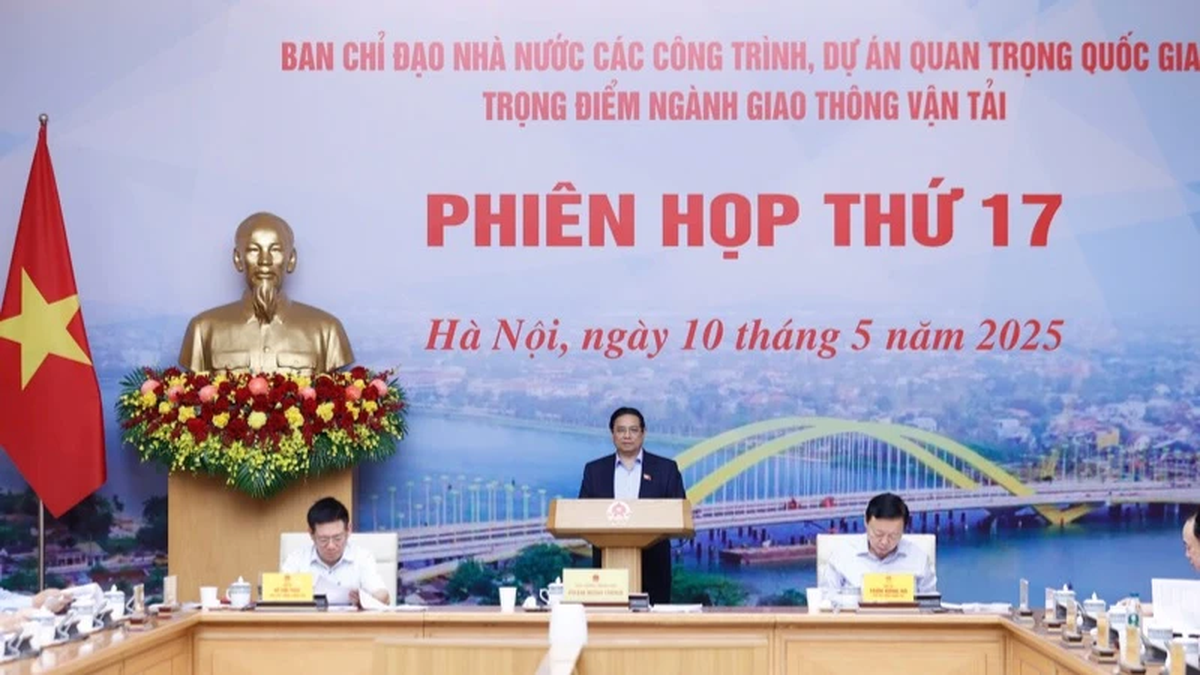

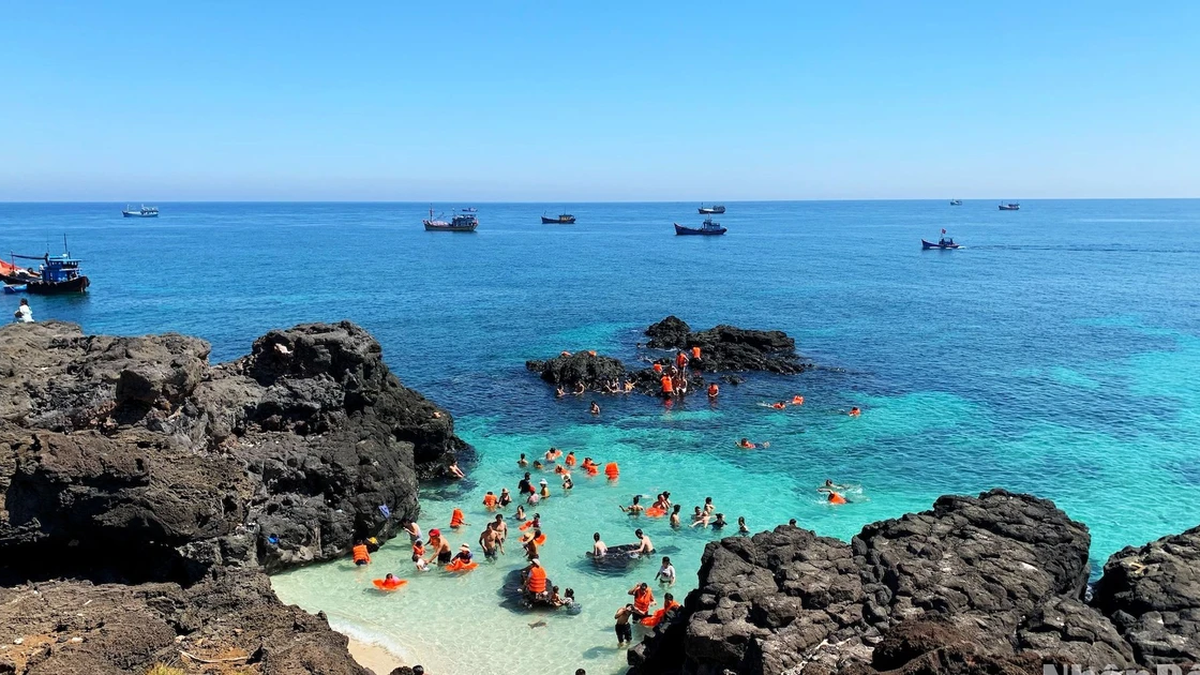

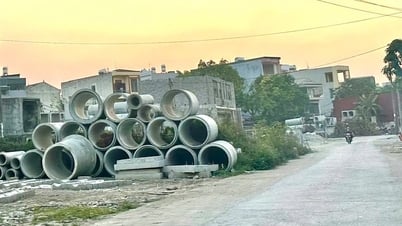

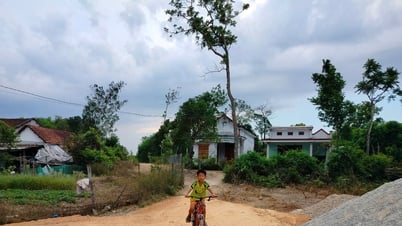
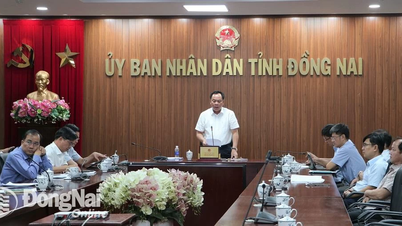

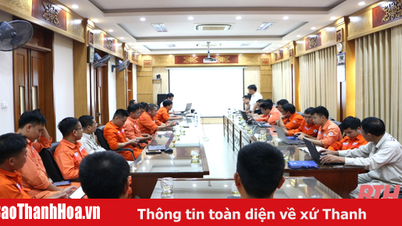





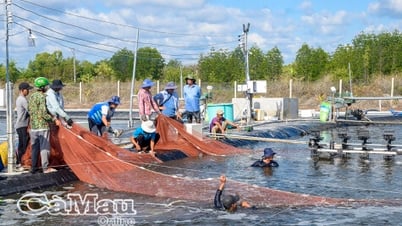
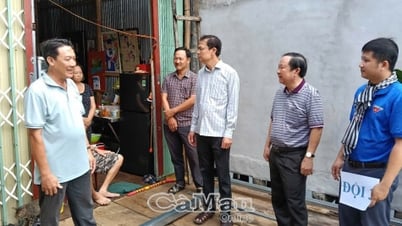

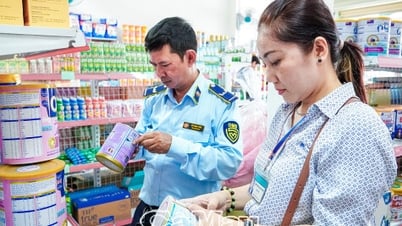






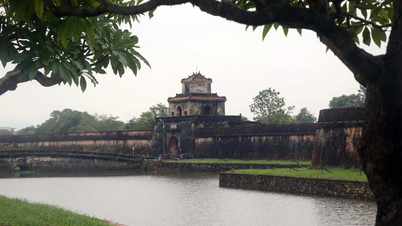









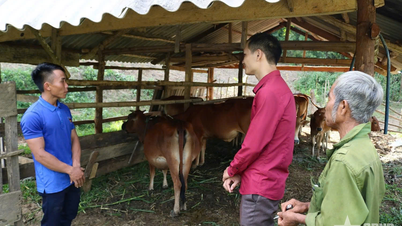

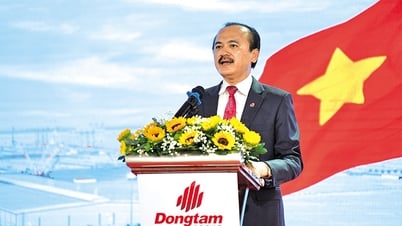

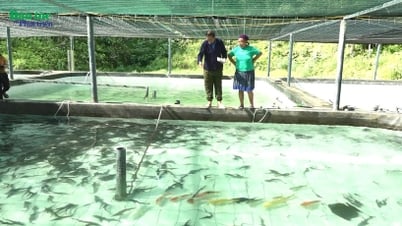














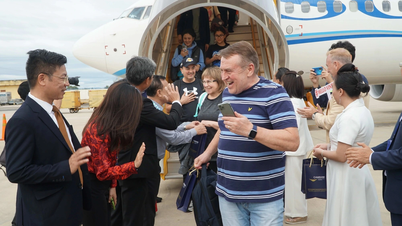


















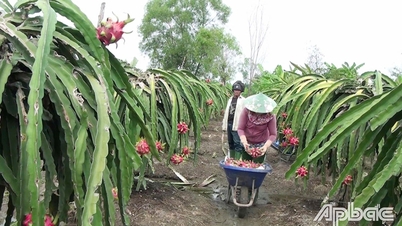














Comment (0)